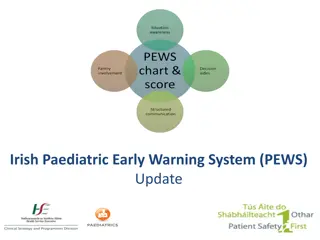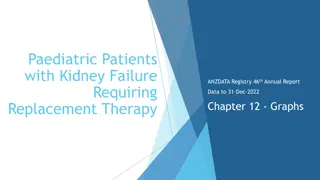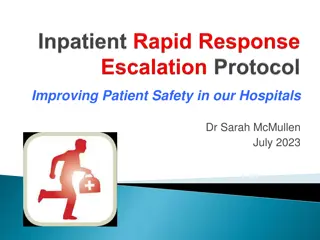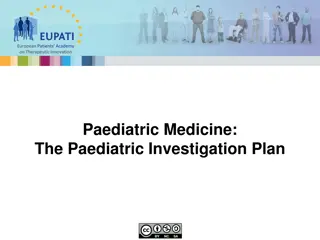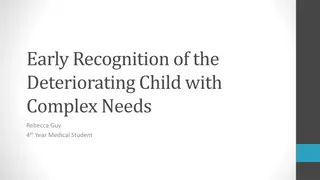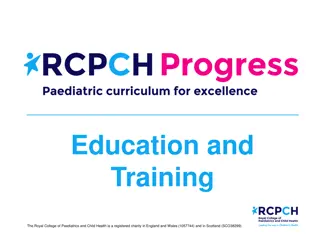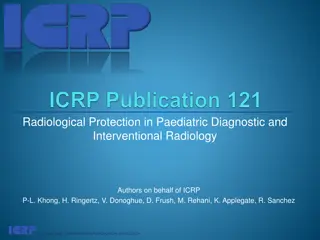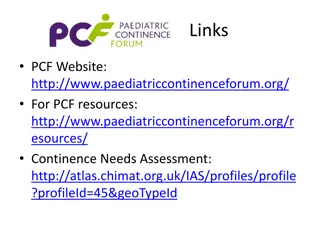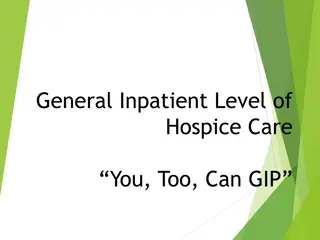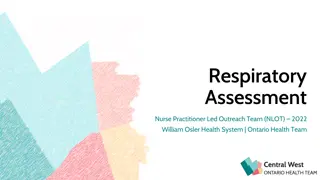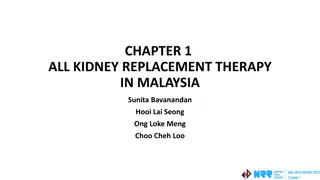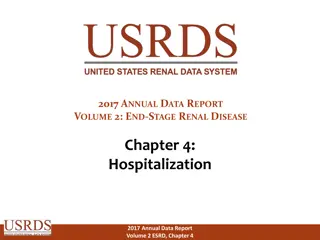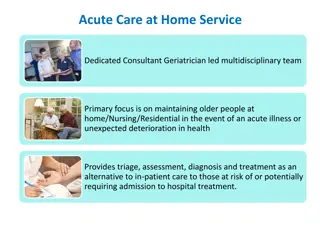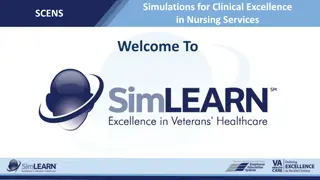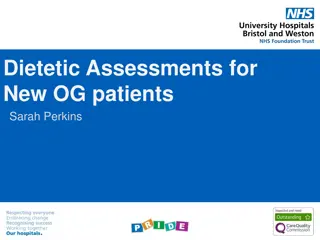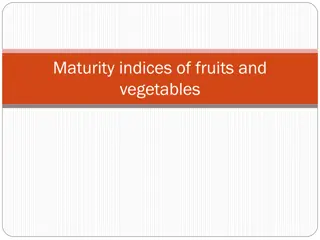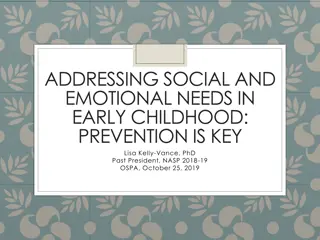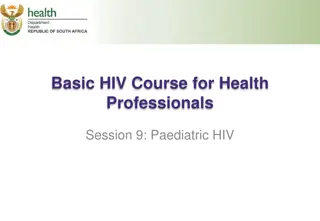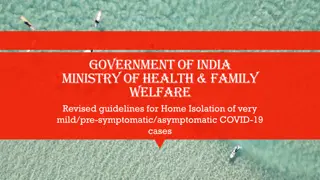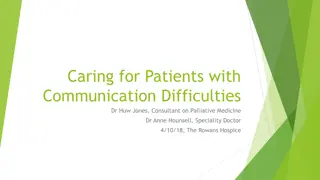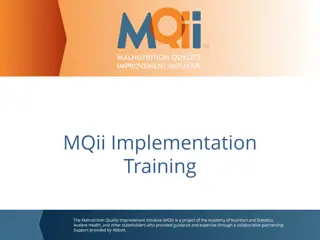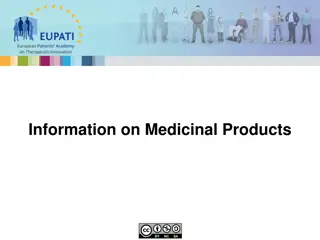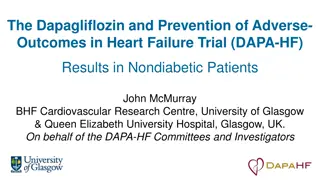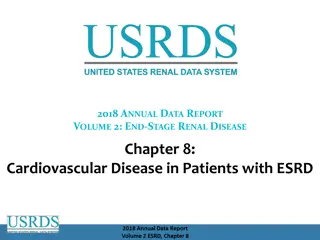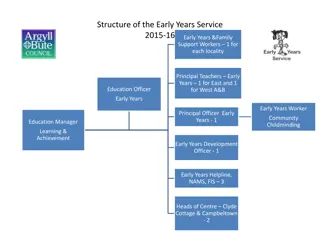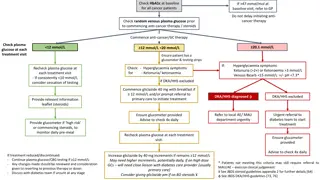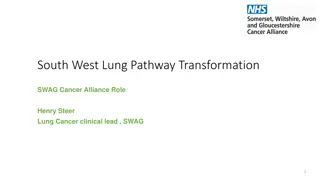Recognizing Deterioration Early in Paediatric Patients
Improving outcomes for paediatric patients hinges on promptly identifying and responding to signs of deterioration. This chapter delves into the importance of early detection, focusing on Paediatric Early Warning Scores and Systems (PEWS). It emphasizes the need for standardized approaches and touches on tools like the Ideal PEWS Tool and the RECALL tool developed at Great Ormond Street Hospital. Different systems for scoring and triggering responses are discussed, highlighting the strengths and weaknesses of each. The goal is to enable healthcare providers to effectively assess and address deterioration in real-time to enhance patient safety.
- Paediatric patients
- Deterioration
- Early warning scores
- Healthcare quality improvement
- Patient safety
Download Presentation

Please find below an Image/Link to download the presentation.
The content on the website is provided AS IS for your information and personal use only. It may not be sold, licensed, or shared on other websites without obtaining consent from the author. Download presentation by click this link. If you encounter any issues during the download, it is possible that the publisher has removed the file from their server.
E N D
Presentation Transcript
Chapter 4 Identifying Deterioration Early @SAFE_QI
Chapter 4: Identifying Deterioration Early At the core of improving outcomes for paediatric patients is the recognition and response to the deteriorating child. The earlier this deterioration is spotted, the better the outcome is likely to be. This Chapter will focus on how we respond to deterioration with specific guidance on Paediatric Early Warning Scores and Systems (PEWS), as well as some leading examples. @SAFE_QI
Paediatric Early Warning Scores and Systems Aim to assist in the identification of deteriorating children Do not replace clinical judgement Different versions all with similar specificity and sensitivity Key is to use a standard one for the organisation @SAFE_QI
Ideal PEWS Tool Validated Easy to use Practical Generic One Document Meet s Hospital s needs @SAFE_QI
Score or Threshold/Trigger? Some tools use a scored system which requires values of each observation to be added together to generate a score which determines the response. Others use a system where scores aren t used and if one observation fall outside the normal range, an appropriate response is required @SAFE_QI
Score or Threshold/Trigger? Both systems have their strengths and weaknesses: Scored Threshold/Trigger System Can provide a needed response when only one observation is triggering. Example strength Takes all observations into consideration Can lead to mathematical errors and potentially incorrect response Can lead to increase in number of responses required. Example weakness @SAFE_QI
PEWS-SBAR Handover @SAFE_QI
RECALL It is important to assess deterioration in real time The Recall tool developed at Great Ormond Street Hospital allows for rapid assessment of why a child deteriorated and whether all systems in place were sensitive Allows review of PEWS @SAFE_QI
Re-Act Talks The resource pack provides a link to a series of Re-ACT talks, videos that provide information on key areas for consideration in decreasing unexpected deterioration. @SAFE_QI
Watchers Sometimes a patient s observations may be completely normal. At the same time, you may feel that something is not quite right and that further observation is needed. This is a watcher and relies on your clinical instinct. It can t be measured by charts, but should always be trusted. @SAFE_QI



